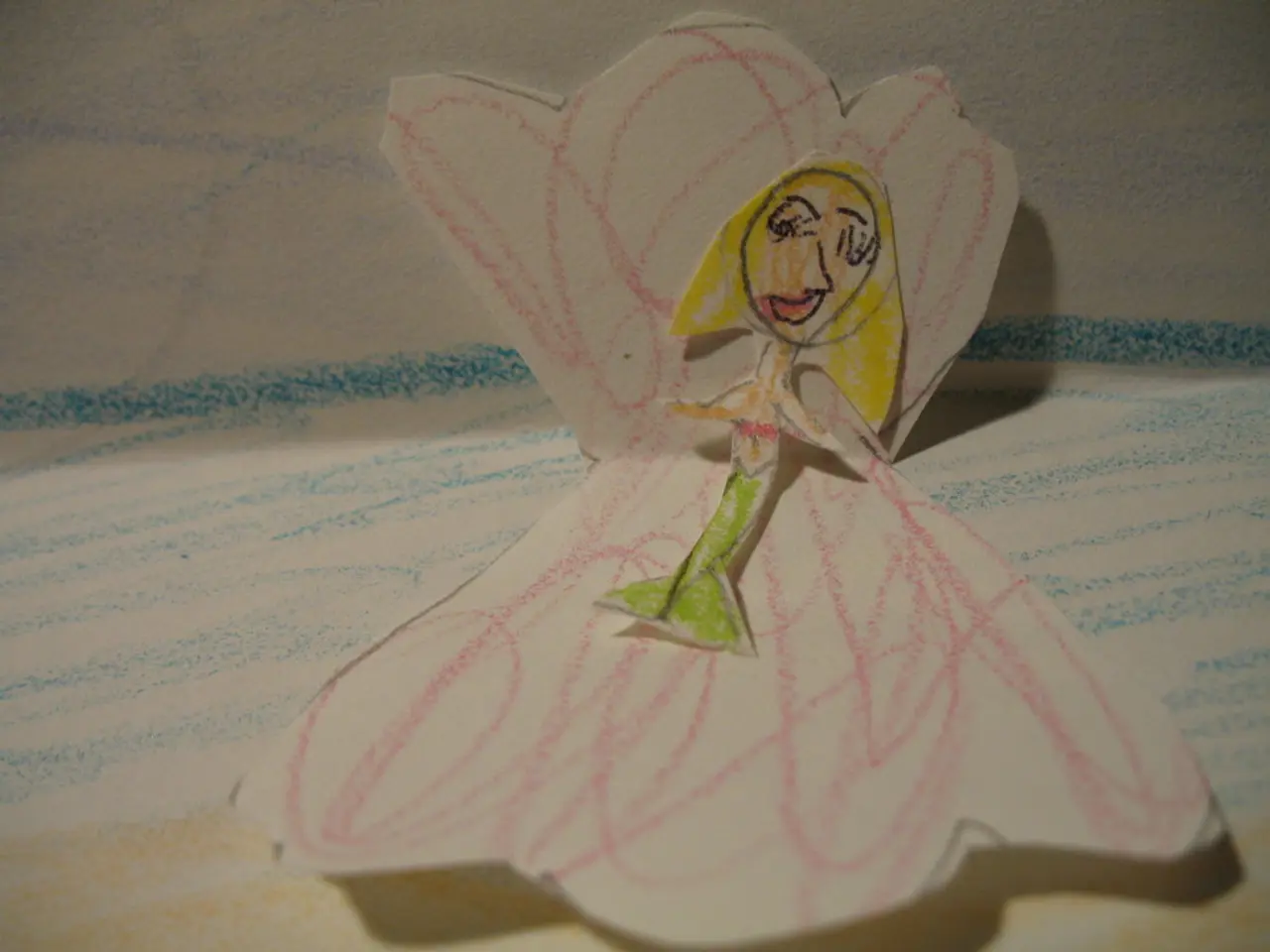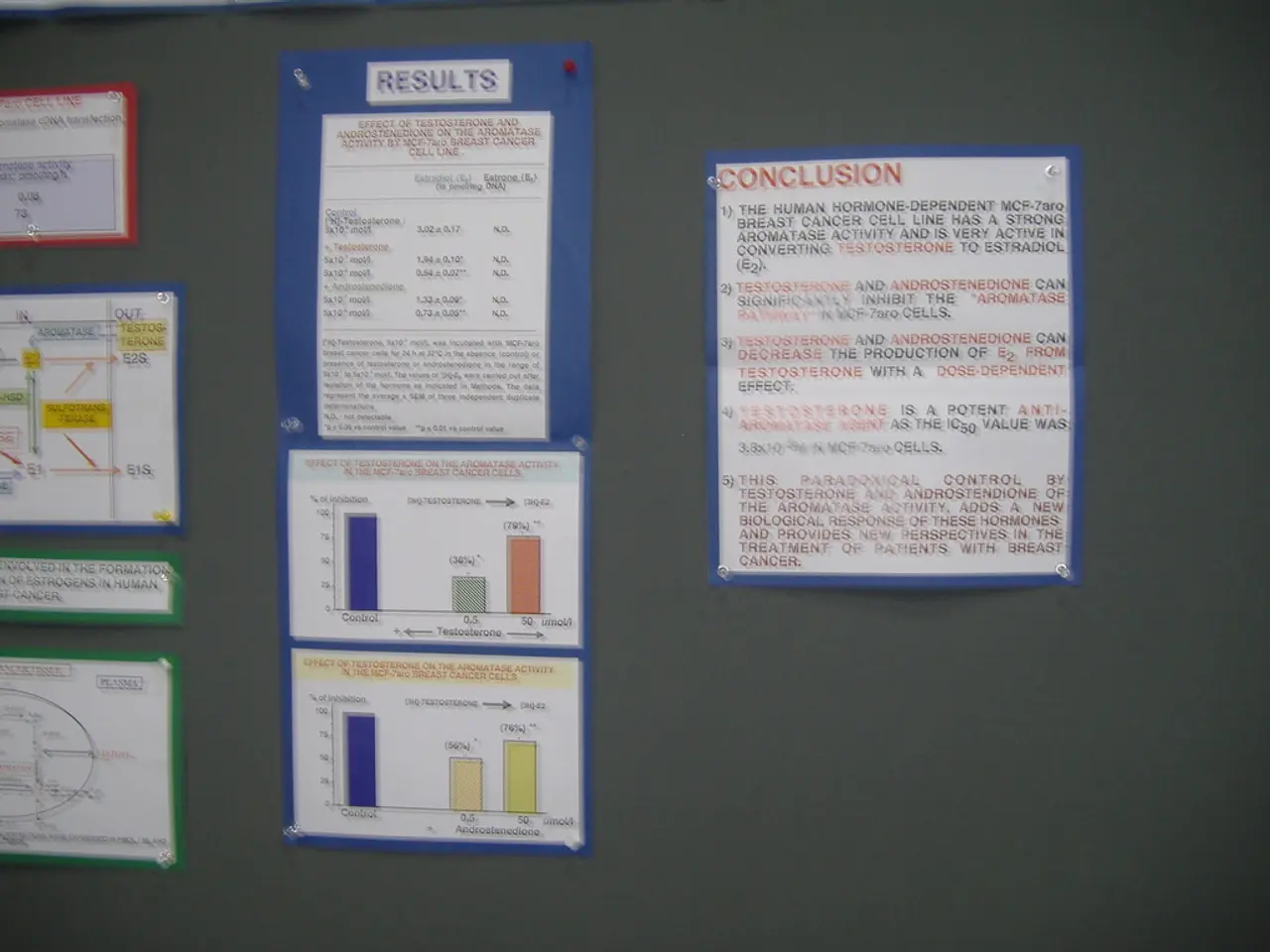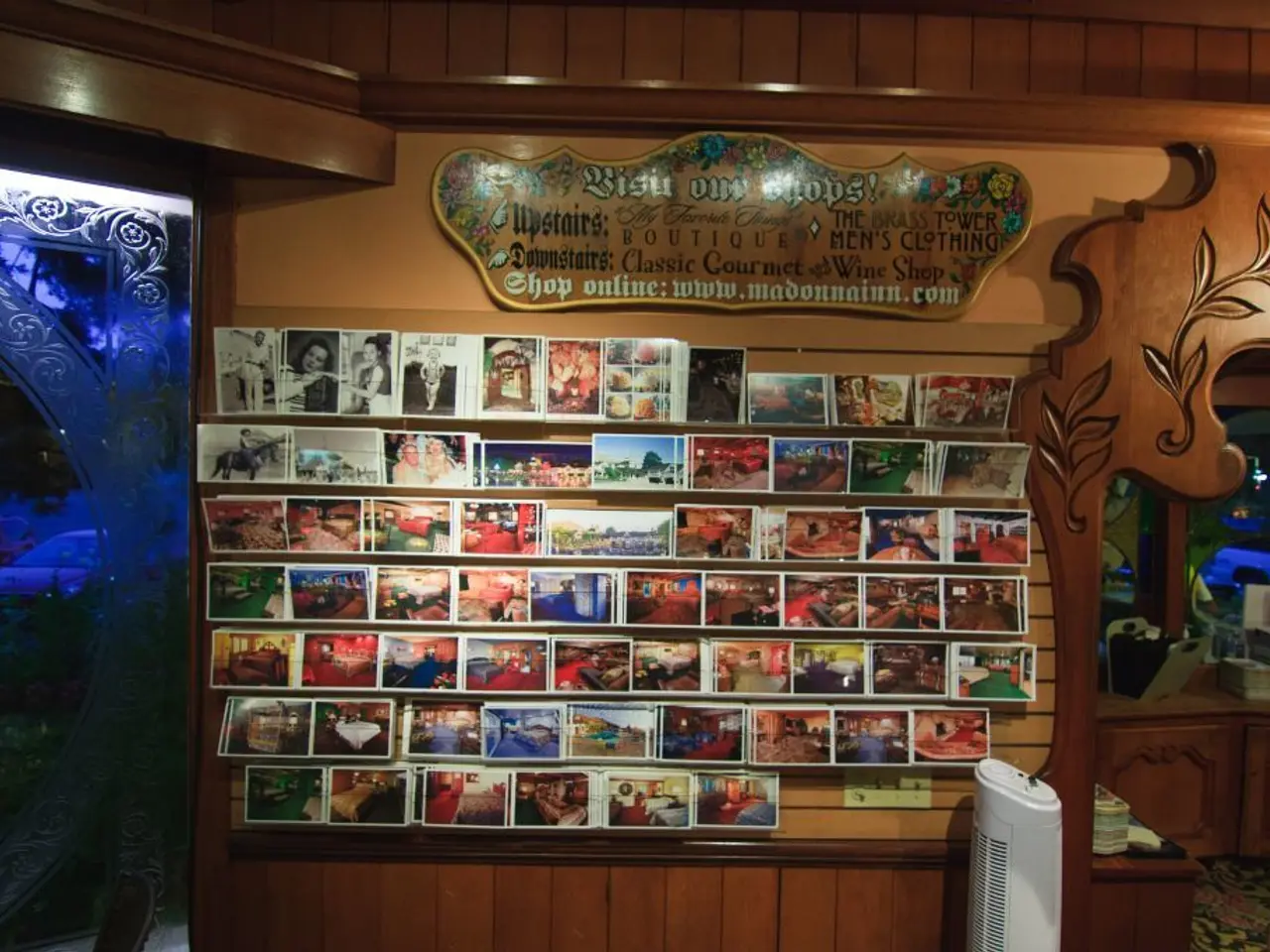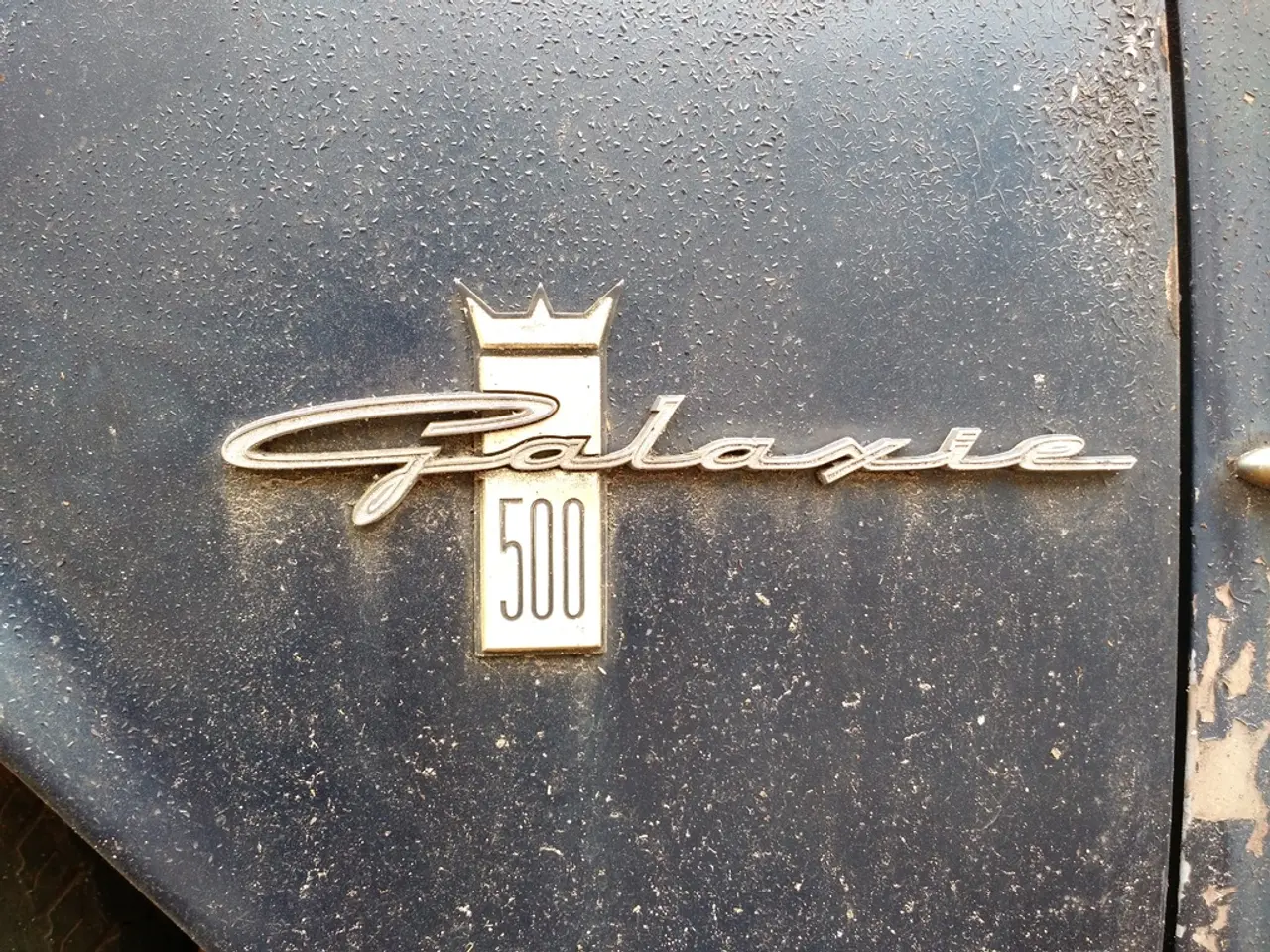Efficient Strategies and Production Processes of a Game Art Outsourcing Studio
Game art outsourcing is a crucial aspect of the gaming industry, ensuring that projects are delivered on time and within budget, while maintaining high-quality visuals. A standard game art outsourcing process typically comprises several structured phases to ensure alignment with the project's vision and production readiness.
The Role of the Style Guide
At the heart of this process lies the Style Guide. This detailed document or set of instructions defines the visual and technical standards for the art assets, encompassing colour palettes, lighting, proportions, textures, character design rules, and animation guidelines. The Style Guide plays a pivotal role in ensuring a smooth workflow, consistent results, and efficient production.
Smooth Workflow and Consistent Results
By providing clear, upfront guidelines, the Style Guide minimises ambiguities during production and reduces iterative feedback loops with the outsourced art team. It aligns all artists – whether internal or external – around a unified artistic vision and quality standard, resulting in coherent art assets across characters, environments, and props within both 2D and 3D projects.
Efficient Production
Clear style references empower outsourcing teams to work independently and confidently, speeding up development timelines and reducing costly rework. The Style Guide also enables parallelization of tasks, allowing multiple artists or studios to produce assets simultaneously without style conflicts.
The Game Art Outsourcing Process
The game art outsourcing studio follows a project-based approach, collecting as many relevant data as possible. The process begins with defining the visual style, initial assets, and the price for the production pipeline, which are agreed upon by all parties involved.
Step 1: Creation of the Style Guide
The first step in the workflow is to create a Style Guide, which serves as a detailed guide on the visual style and pipeline for the artists.
Step 2: Mood Board and Initial Sketches
A mood board is created to run ideas by the client and confirm the interpretation of their vision. Detailed sketches are developed, showing the shape, colour, and light of the art pieces. Initial sketches are created based on the defined visual style, with the client able to check the progress and provide feedback for adjustments.
Step 3: Adjustments and Detailed Development
Adjustments to the art are made based on client feedback during this step. The first milestone allows artists to implement the ideas outlined in the style guide and adjust the workflow.
Step 4: Presentation and Finalisation
The final art is presented to the client, ensuring satisfaction with the completed look. If the client is not entirely satisfied, specific issues can be discussed and addressed.
Step 5: Delivery and Quality Control
The final assets are exported in the client's chosen format and handed over. The studio maintains strict quality-control routines, with all work-in-progress art undergoing internal checks by lead artists and the art director.
Collaboration and Communication
The studio uses a preferred method of communication, such as Slack, to collect feedback on the progress of the project. Clients can reach out to RocketBrush game art studio through the provided email address to discuss their project and potential collaboration.
Embracing Variety
The game art studio provides services for various game genres, including board game art. This versatility ensures that the studio can cater to a wide range of client needs, delivering high-quality, polished, and cohesive visuals for each project.
- The Style Guide, containing visual and technical standards for art assets, plays a significant role in achieving a coherent lifestyle across 2D and 3D projects within the game art outsourcing process.
- With the help of the Style Guide, outsourcing teams can work independently, enhancing the home-and-garden of their workflow and significantly reducing the need for rework on gadgets like smartphones and other art assets.
- In the pursuit of sustainable-living and self-development, online-education platforms are a popular choice, similar to how clients can engage in educational and self-development discussions about their projects with the game art studio through email.
- By providing services for different genres, such as board games, the game art studio demonstrates its ability to embrace variety in technology and style, thus catering to a wide diversity of client needs in the lifestyle, home-and-garden, and education-and-self-development sectors.




